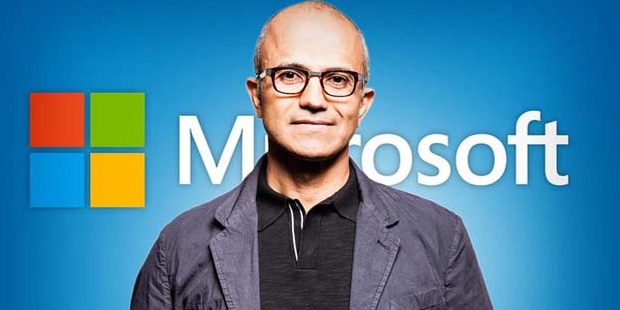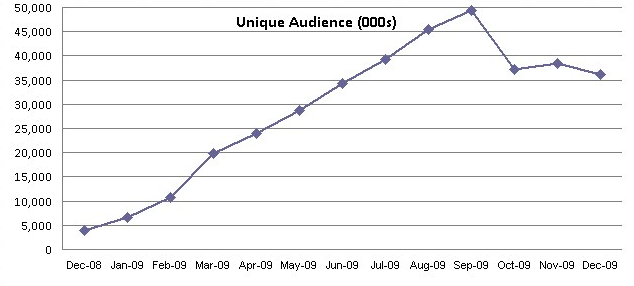Spending a year in weightless space is a nightmare for the human body. But the push for Mars might have benefits closer to home. And robotic travel will harvest the asteroid belt. A few hundred years ago spices were scarce and literally gold. The asteroid belt could turn gold into a commodity.
Elon Musk’s New Plan: Travel from New Delhi to Tokyo in 30 Minutes https://t.co/KG8GeNq1vE— Paramendra Bhagat (@paramendra) November 7, 2017
Delhi to Tokyo in 30 minutes, says Elon Musk. That translates to anywhere to anywhere on earth in 30 minutes. That is more alluring for human tourism (and commerce) than zooming vertically to the boundaries of from where all you see is pitch black before you come back.
Blue Origin's Breakthrough Means SpaceX Finally Has a Competitor https://t.co/tNLtYbkBd7 via @Futurism— Paramendra Bhagat (@paramendra) November 7, 2017
But if you move information well enough, fast enough, in large enough quantities, securely enough, and from every point to every other point on earth, human beings perhaps can get by on less travel in the first place. The vision of 4,000 satellites carrying the bulk of internet traffic is sound. And it beats going to Mars. Such a spacenet would be indispensable for the Internet Of Things with its hundreds of billions of sensors, its top use being to keep the earthly ecosystem at its optimum best. Human safety and security would be a whole new paradigm.
SpaceX to kick off 4,425-strong satellite constellation launch in 2019 https://t.co/2PSHUqRViu
— Paramendra Bhagat (@paramendra) November 7, 2017
SpaceX aims to bring super-fast satellite internet to Earth in 2019 https://t.co/SGLDBLidzE via @MailOnline
— Paramendra Bhagat (@paramendra) November 7, 2017
Elon Musk Wants to Begin Launching SpaceX's 4,000 Internet Satellites in 2019 https://t.co/LyxpW9IOoF via @FortuneMagazine
— Paramendra Bhagat (@paramendra) November 7, 2017





/https%3A%2F%2Fblueprint-api-production.s3.amazonaws.com%2Fuploads%2Fcard%2Fimage%2F362295%2Fb59fa4b8-fd06-419e-b64b-762a4f379d8e.jpg)









/cdn0.vox-cdn.com/uploads/chorus_asset/file/5938487/StarryStation-Print-01.0.jpg)